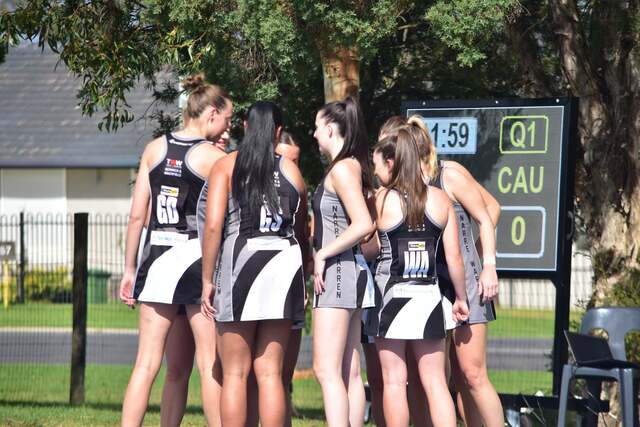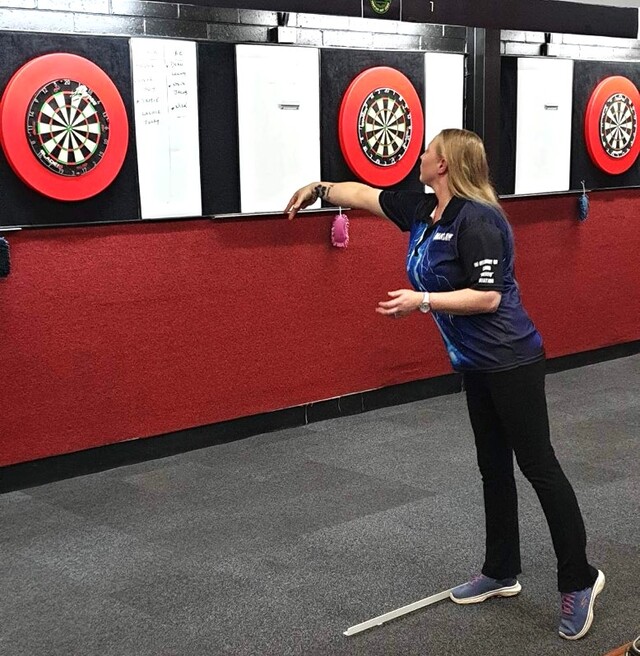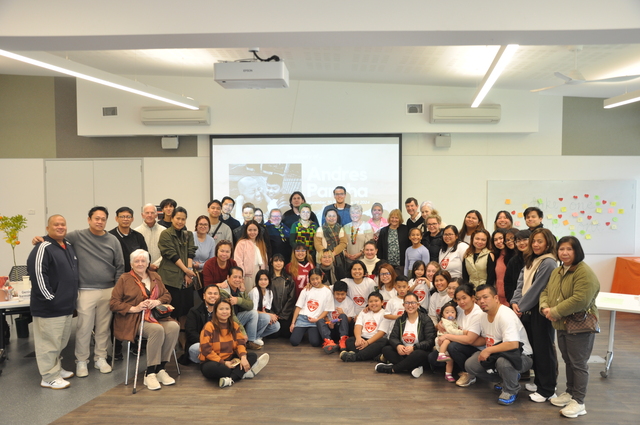CASEY residents are being asked to make their water meters more accessible.
The request comes as South East Water officials start to check nearly 550,000 meters across Melbourne’s south-eastern suburbs.
Meter readers walk up to eight kilometres a day and are often faced with obstacles that prevent them from doing their job, such as over protective pets, overgrown gardens and hidden meters.
South East Water managing director Dennis Cavagna said there were many simple measures local residents could implement to make life easier for meter readers.
“Local residents can be of great help to our meter readers by making sure that the immediate area around meters is clear from obstruction,” he said.
“Occupational hazards, including electric fences, cactus bushes, bee hives and long grass with snakes, are serious risks that are difficult for our meter readers to avoid.
“Meter readers perform their duties irrespective of rain, wind and heat, so it’s important that residents go out of their way to make their duties easier,” Mr Cavagna said.
Meters are read four times a year, which equates to 2.2 million meters. If they cannot be accessed, a customer’s consumption is estimated from previous readings.
If an estimation is required, customers who have made water savings between meter reads may not see a reduction on their water bills.
Since the introduction of water restrictions last September, meter readers have taken on the additional role of water patrol officers and are on the look out for customers in Casey flouting water restrictions.
“Our meter readers are kept busier than ever now that they are serving a dual role and particularly as we approach the warmer months,” Mr Cavagna said.
“Customers who comply with water restrictions can ease their minds, as water patrol officers are only targeting people who refuse to comply with water restrictions.
“Even though we experienced some very good winter rainfall, it is important that residents are vigilant when it comes to water use, as we have just experienced 10 years of below average inflows and the driest year on record in 2006.”
Meter readers seek help
Digital Editions
-

71-goal performance leads Magpies to victory
Narre Warren young gun Grace Loelu is putting together an impressive season in the Southern Division netball as the goal shooter continues to terrorise every…





